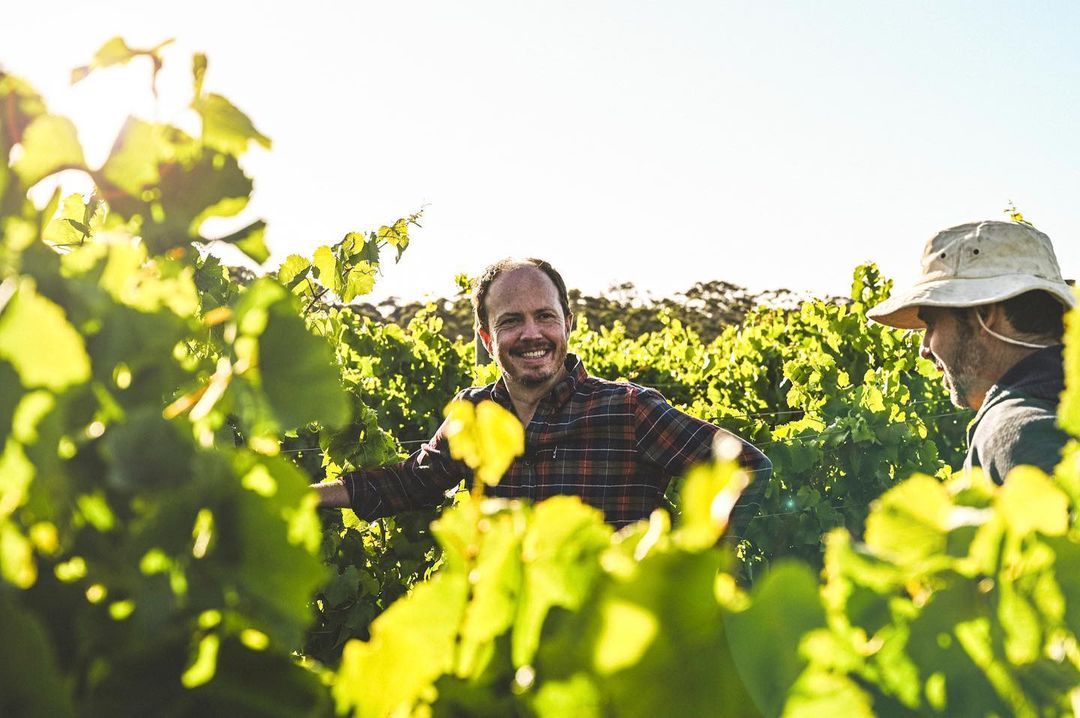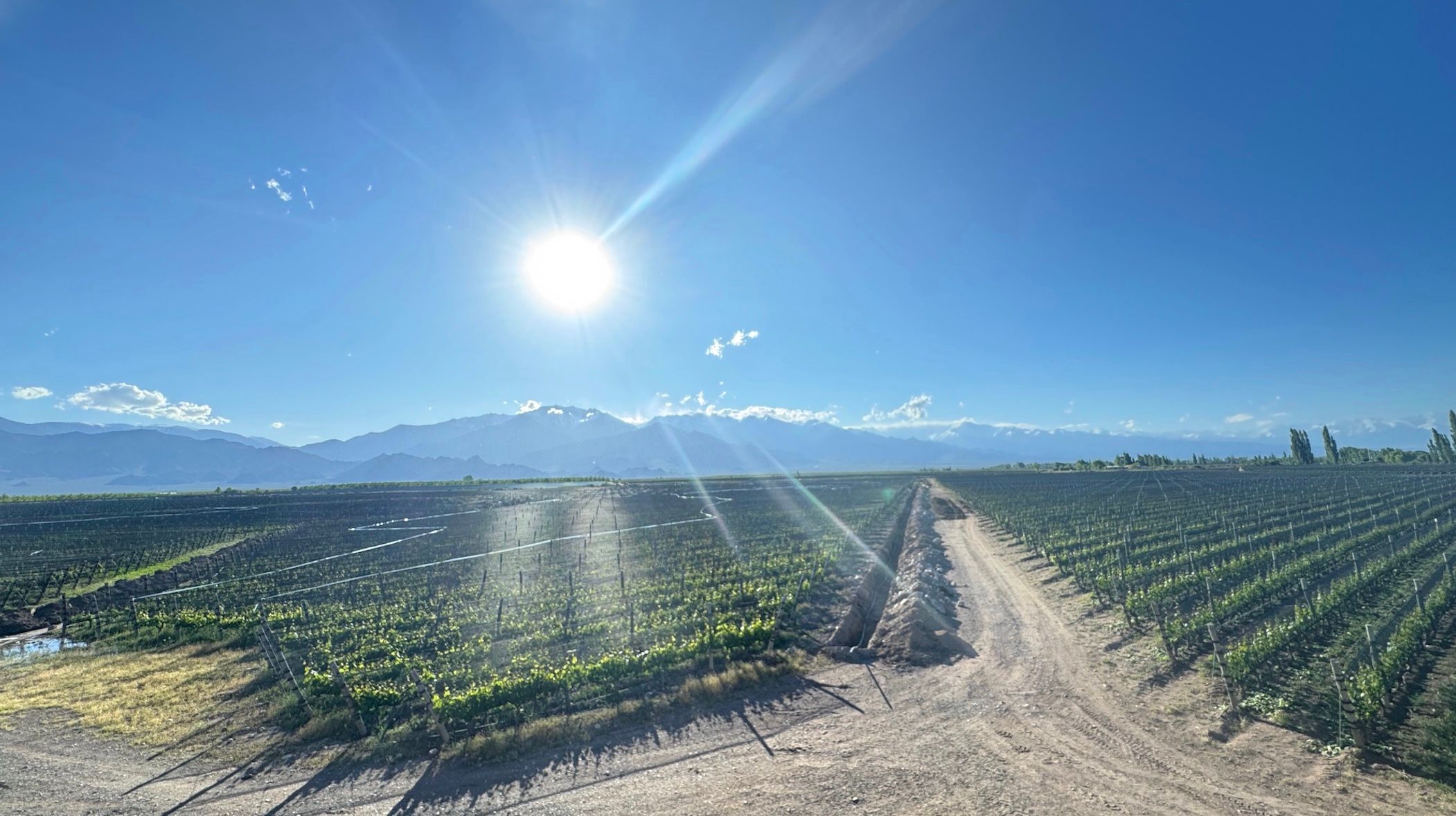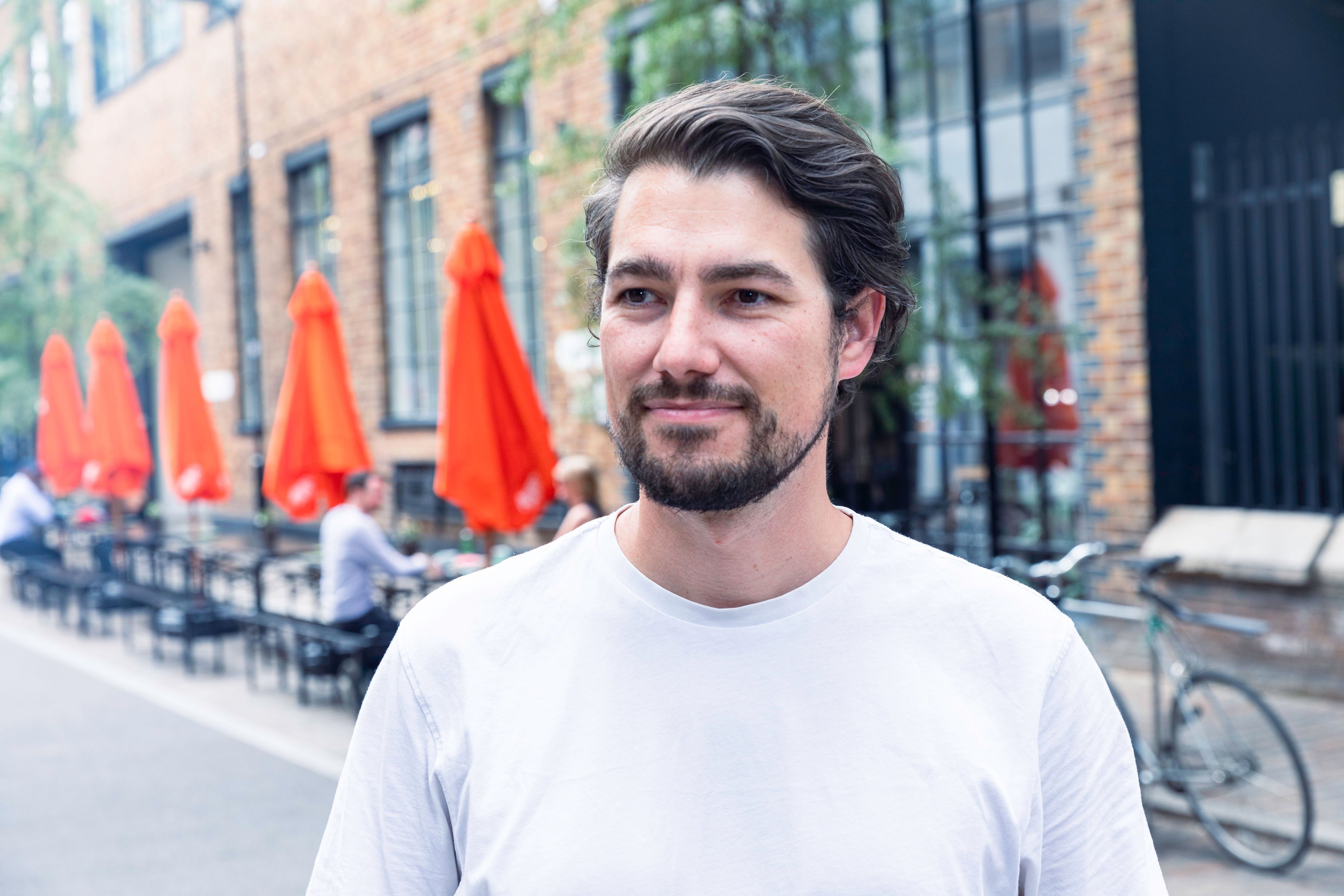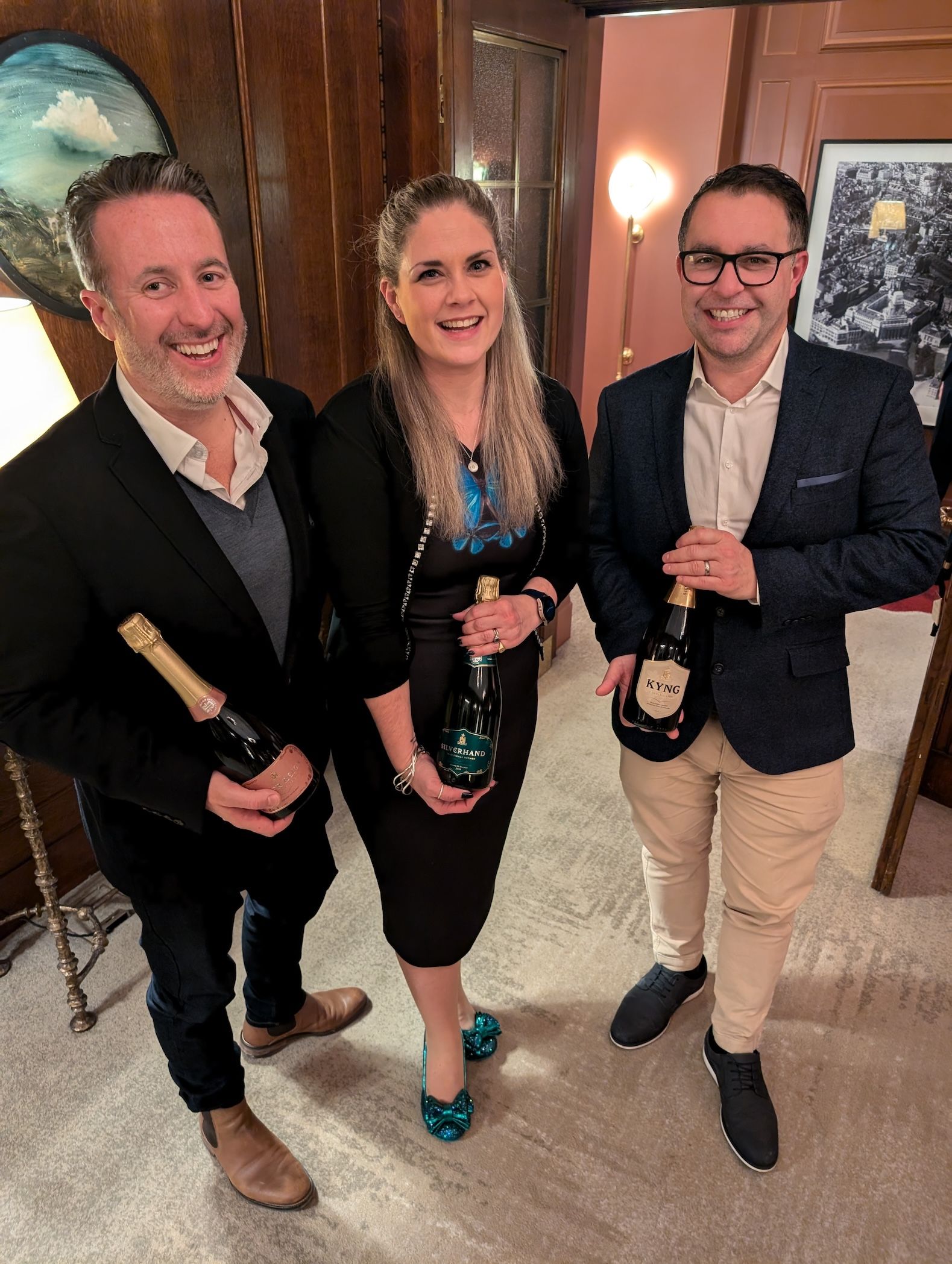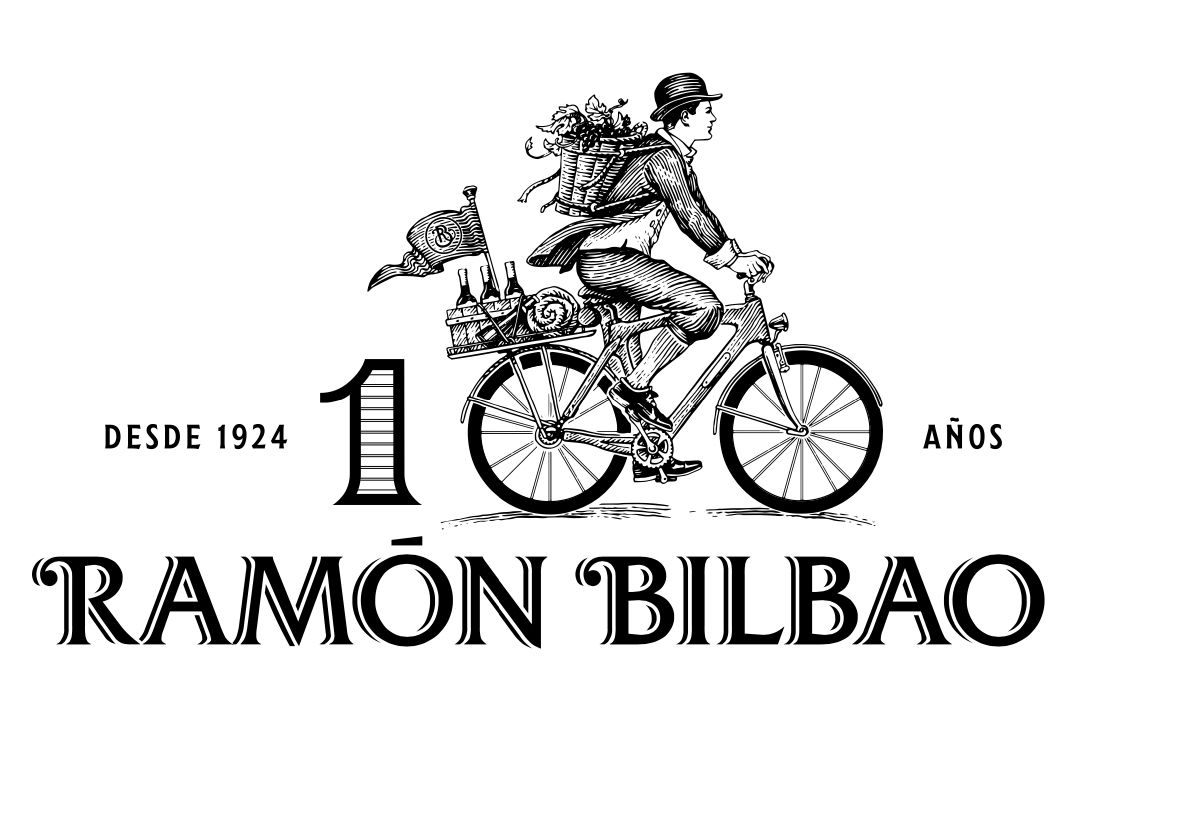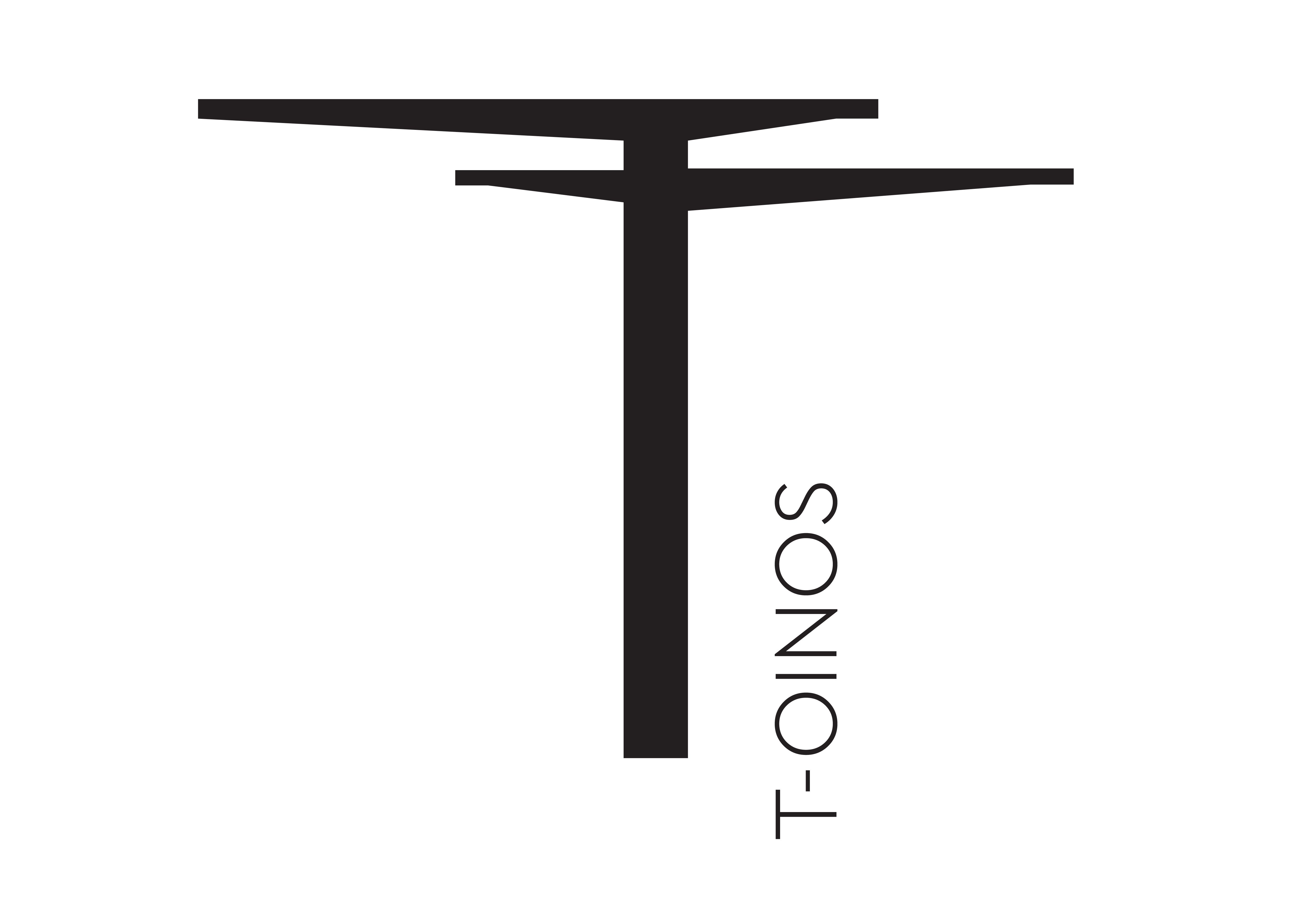“No-one will pay more for an organic wine.” says Voyager Estate owner Alexandra Burt. But having the official organic certification opens doors in terms of getting listed in restaurants.

Voyager Estate’s proprietor Alexandra Burt
Alexandra Burt, owner of Voyager Estate, and her new head winemaker, Tim Shand, were in the UK recently to mark the estate’s 45th anniversary and its first 100% organic year of production. The 115-hectare estate, located in Margaret River, Western Australia was bought by Burt’s father, Michael Wright, in 1991, though some of its vines date back to 1978, including varieties such as Grenache and Marsanne.
Margaret River has carved out a name for its high-quality Chardonnays, Semillon/Sauvignon Blanc blends and Cabernet Sauvignons in a relatively short period of time. The potential for Margaret River, with its combination of a Mediterranean climate and strong maritime influences, to make world class wines was first signalled by a report authored by Dr John Gladstone in 1965. The first vines were in the ground just two years later. UK is the second biggest export market for Margaret River wines, just a whisker behind the US.
Slow move to organics
Only 12.3% of Margaret River vineyard is cultivated organically or biodynamically, so at Voyager Estate they have swum against the tide in their move to organics. But it has been a long time coming, with the first experiments starting back in 2004, as part of a more general environmental management team.
Burt may be the owner of the vineyard, but she clearly has a collaborative style of leadership and wants to let the winery and vineyard teams take the lead on implementing changes. She sees her role as being open to change and new ideas, without imposing her own initiatives on the team. In this way changes are more sustainable and more “sticky”, as everyone has bought into them and the pace has not been forced.
It’s also true that the estate hasn’t “jumped” to organic production all in one go, but has been worked more and more closely according to organic certification rules over the intervening years.
“The environmental management team gave us the impetus to make slow, progressive changes, to be an organically farmed producer, without the certification. That was the work that gave the team the confidence to say, ‘Certification, you know what? we can do this’,”
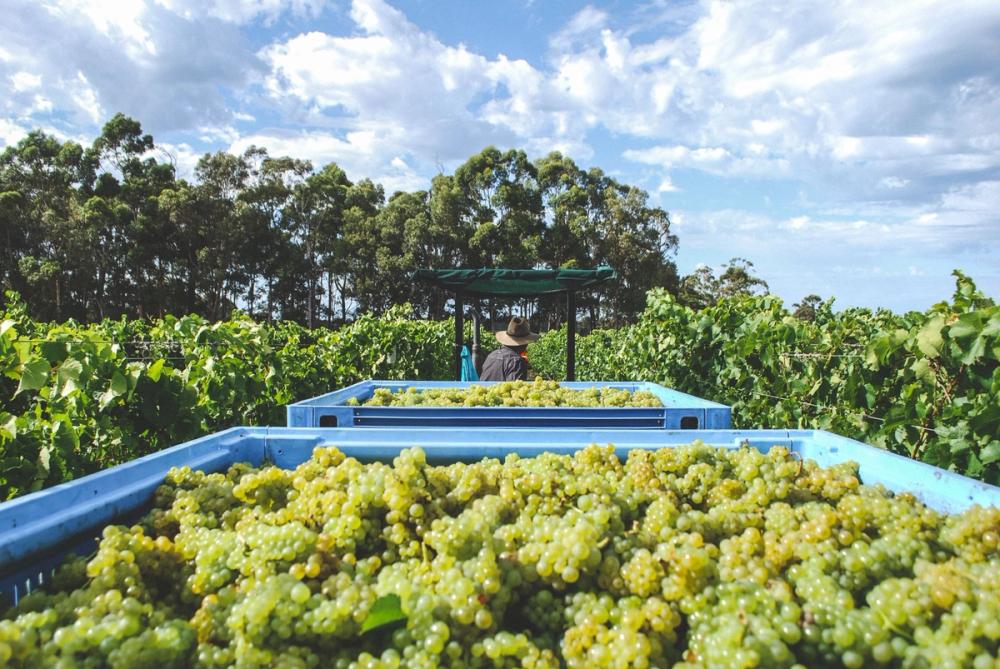
“Going organic is less about taste but more about consistency,” says Voyager Estate’s Tim Shand
And what is the value of being organic to Voyager Estate?
“No-one will pay more for an organic wine.” says Burt. But having the official organic certification opens doors in terms of getting listed in restaurants, for example.
Looking to the future, she is much more interested in a regenerative agriculture approach, rather than moving towards biodynamics – in fact they have a small, non-vineyard, market garden and forestry regenerative agriculture project as part of their larger farm. And biodynamics is, she feels, a much more philosophical approach and that she would need to be much more involved in pushing towards it. “I’m not saying there’s no science in it, but there’s a belief that comes with biodynamics.”
Practical steps like ‘no till’ are also very attractive as part of the way to meet their carbon neutral targets, by minimising the use of diesel-fuelled tractors.
Are Voyager Estate wines better for being organic?
“It’s less about what the wines taste like,” says Tim Shand “but more about consistency” as an organic vineyard builds up resilience to vintage variation. Burt feels that an organic approach “returns complexity to the ecosystem” so that your response (to the garden weevil pest for example) is going to be complex and many-layered too. “If your ecosystem isn’t balanced, it’s quite likely that something in the ecosystem will sort it out for you”, but you have to let complexity build up over time. “The long progression towards organic means we weren’t asking them to build that complexity overnight.”
Head winemaker Shand describes the process as “visceral” and it’s certainly a contrast from his 15 years’ experience in conventional viticulture in Yarra Valley including stints at Hardy’s and Giant Steps. But now he can enthusiastically explain how they have just converted an old people carrier into a mobile chicken coop, so that they can deploy weevil-eating chickens to hotspots for the vine pest in the vineyard.
Burt and Shand were in London to promote the new vintages of their two top wines, MJW Chardonnay and MJW Cabernet Sauvignon. MJW as in Michael Wright, Burt’s father and founder of the estate, who died in 2012. Burt feels these two varieties “tell the Margaret River story best”. The wines are made every year and are the best they can do.
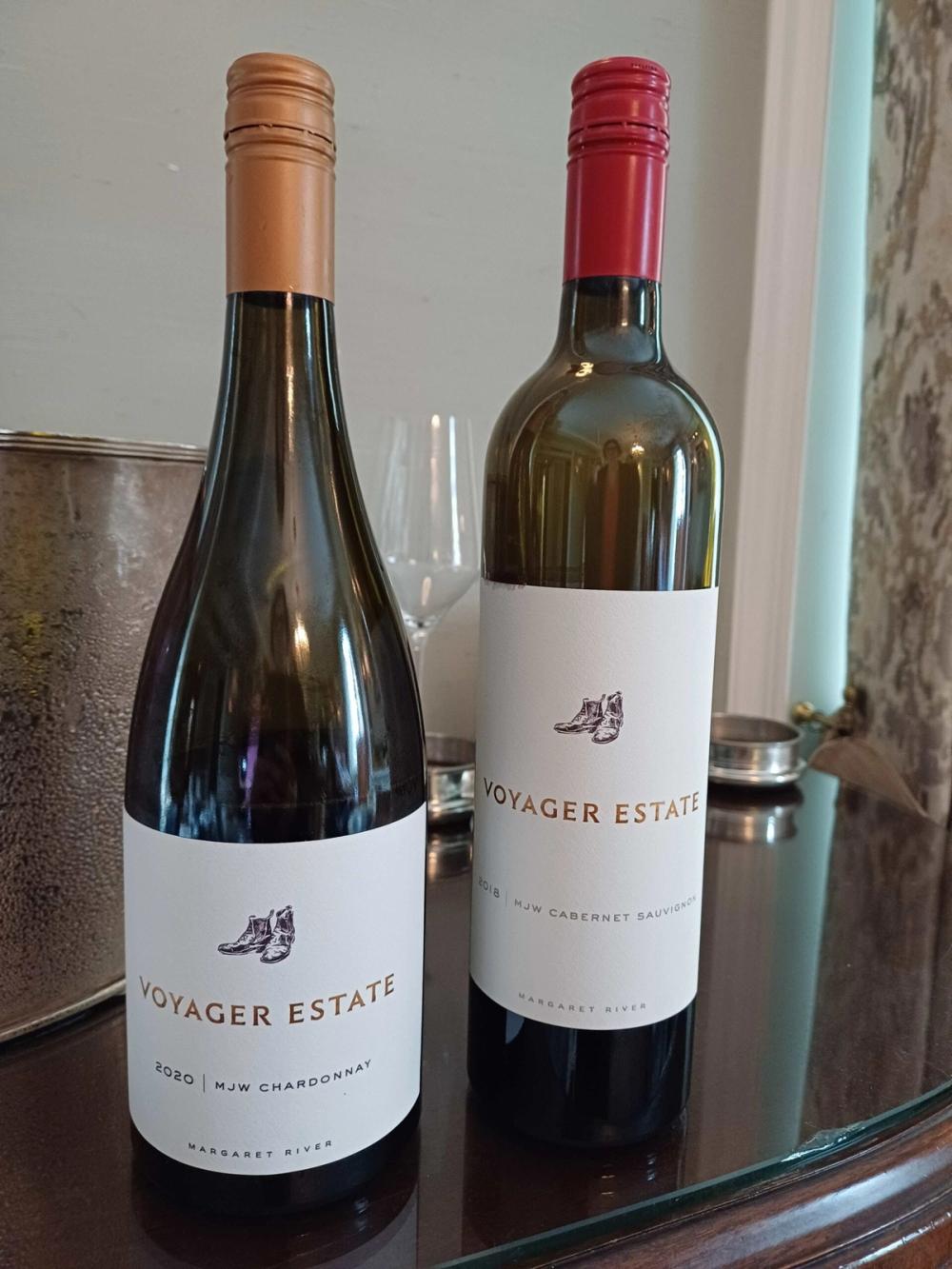
MJW Chardonnay 2020
From this warm year, they have still managed to craft an elegant and slender-bodied Chardonnay, with hallmark Margaret River lime zest, waxiness and some savoury notes on the lingering finish. It treads a line between that rich, exuberant style of Aussie Chardonnay, and the linear, reductive styles with their distinctive struck match character.
It’s a 50/50 blend of the emblematic Australian Gingin and Dijon clones, partly grown on an old pine plantation. Only the Dijon portion undergoes malo, as they feel Gingin brings sufficient richness not to need it. It’s fermented at cool temperatures in 30-40% new oak barrels, where it stays for 9-10 months.
MJW Cabernet Sauvignon 2018
This is made from one of the original 1978 plantings, plus another block which was planted with cuttings from that older site. Those old vines bring a very red fruit character to the wine, which has spent 18 months in 46% new French oak. The ripening season in Margaret River is mild and stretches into April, giving a smoothness and ripeness to the tannins.
For anyone expecting a certain Margaret River mintiness of years gone by, prepare to be disappointed – this “terroir” note (at least at Voyager Estate) was, in fact, largely a result of contamination from neighbouring non-native blue gum trees, which have since been ripped out.
In its place there is beautifully elegant and finely delineated red fruit. It has none of Cabernet’s typical hollowness on the mid-palate, just a gentle sense of fruit sweetness, supported by a little hint of rosemary and well-tamed, supple tannins. It’s a wine that does more with less and is all the better for it.
The wines of Voyager Estate are imported into the UK by Pol Roger Portfolio which is a commercial partner of The Buyer. To discover more about them click here.
